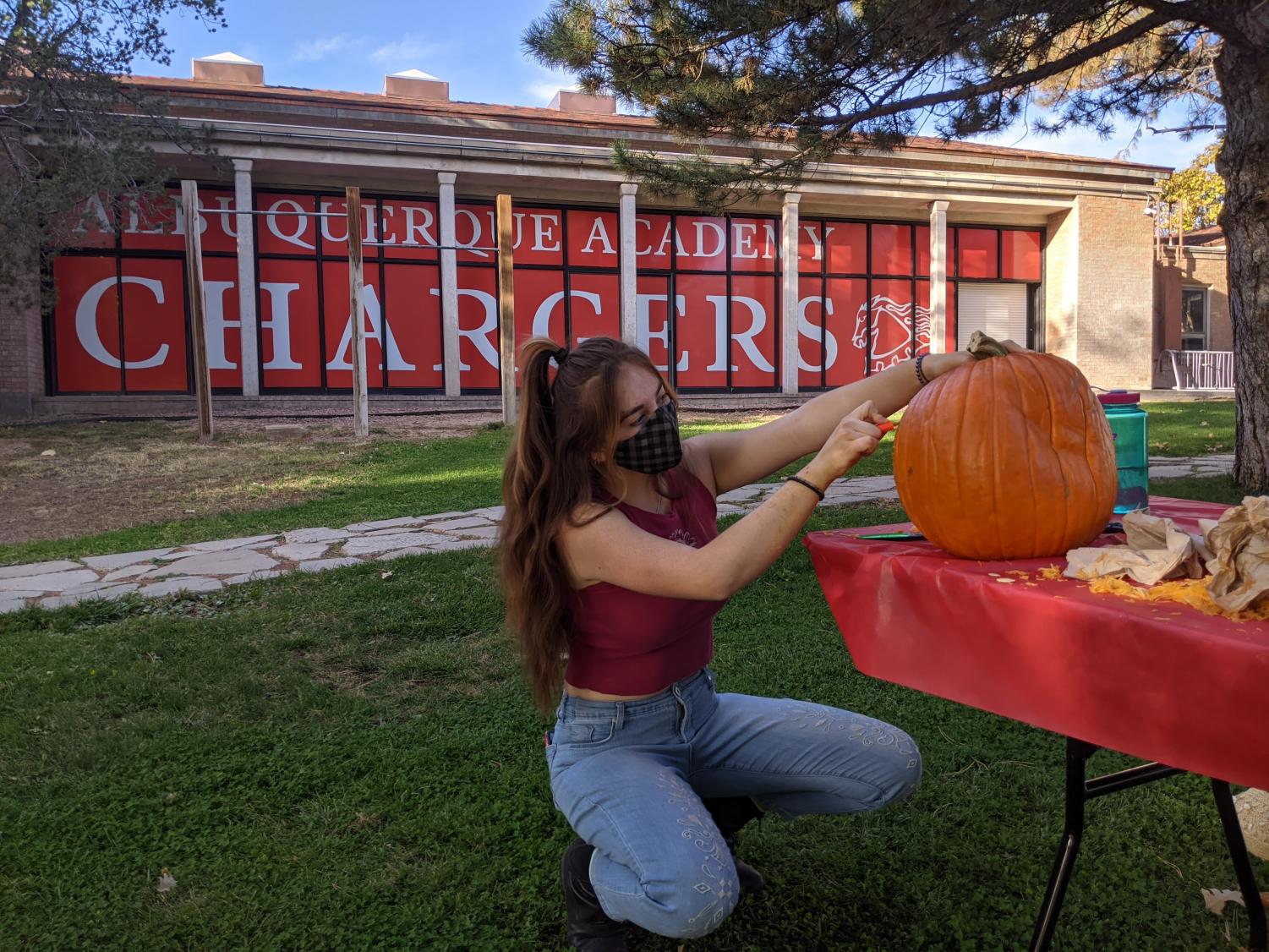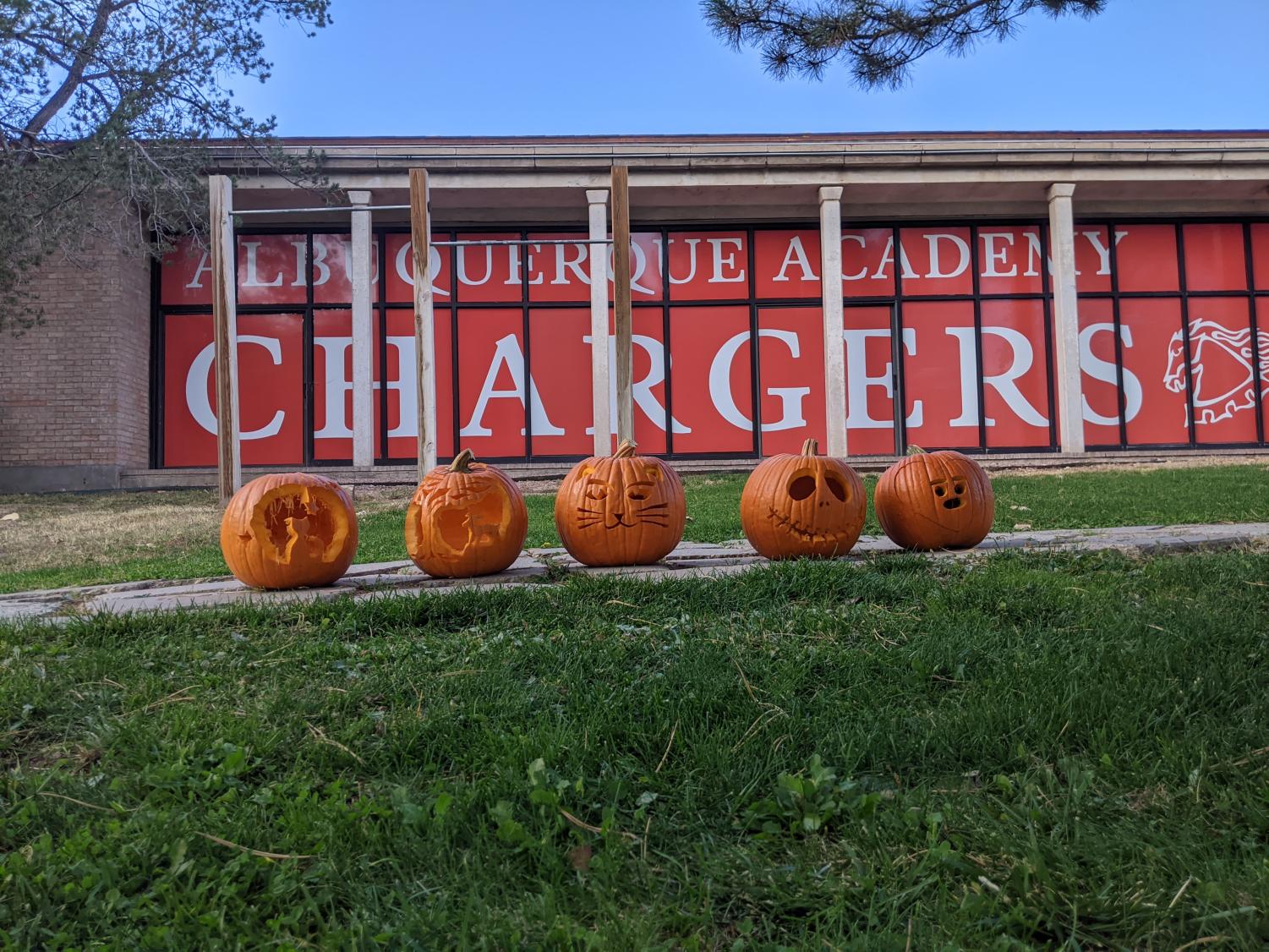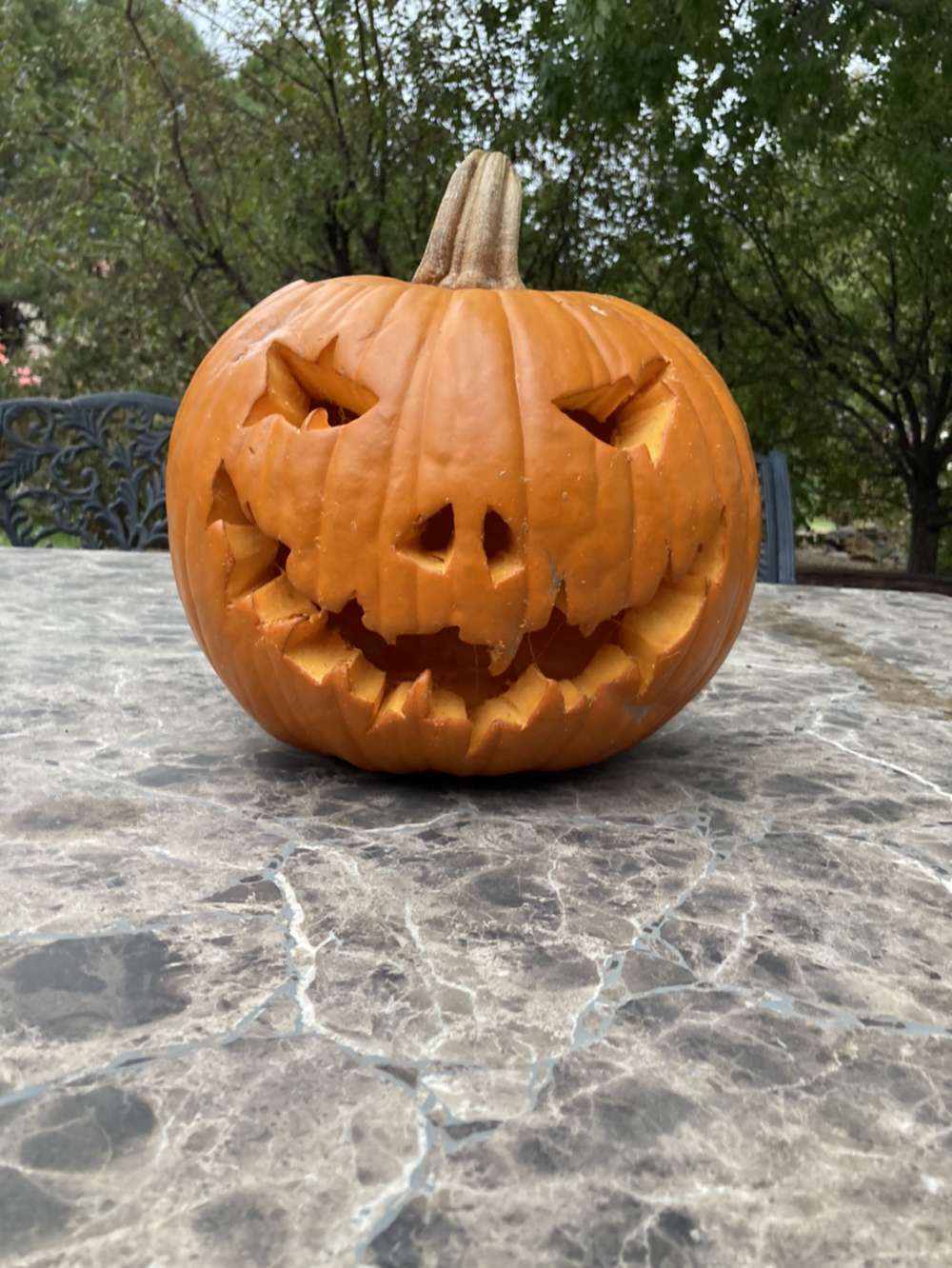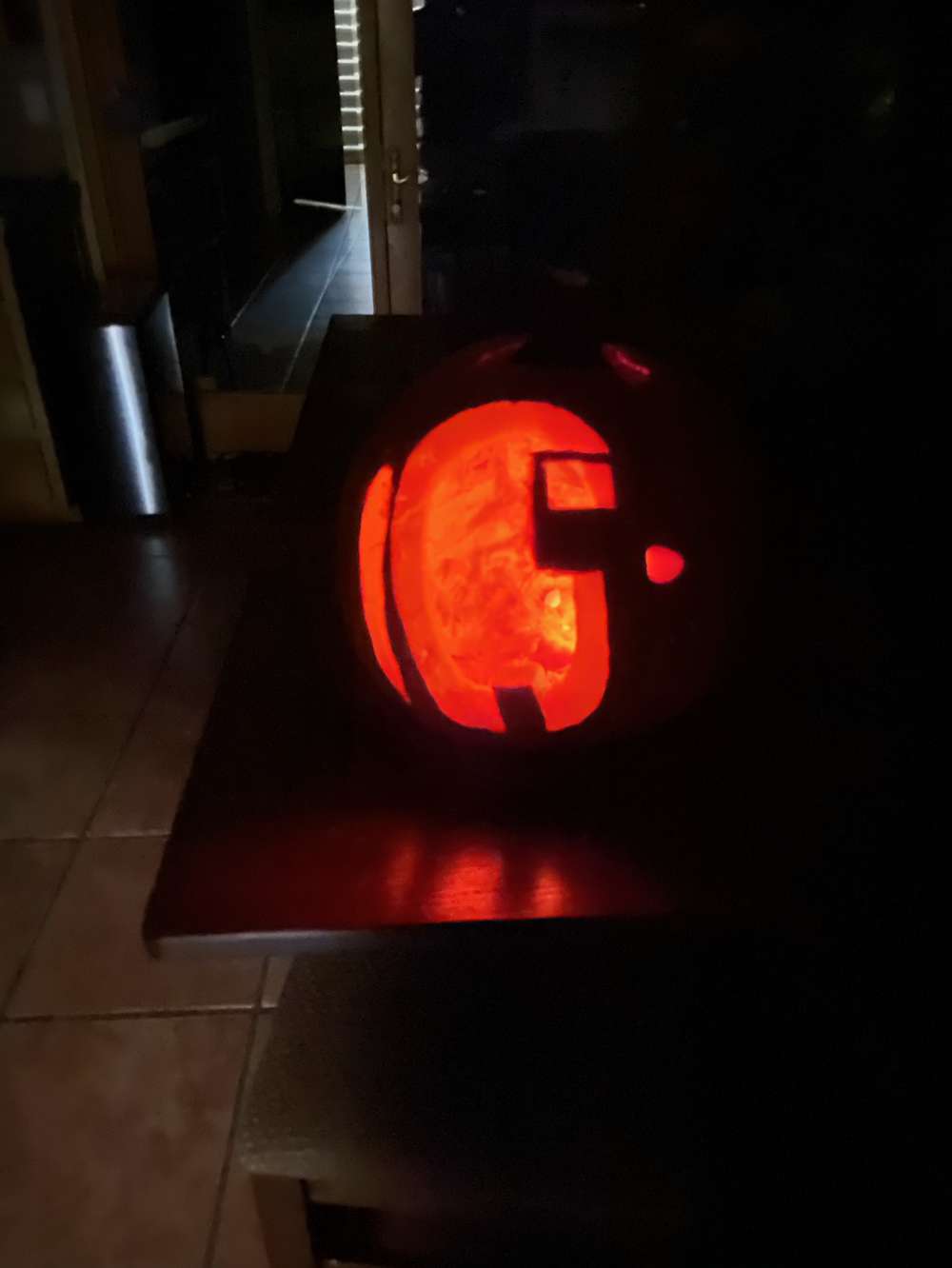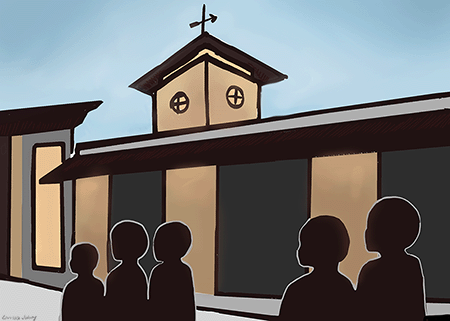Pumpkin Carving? Why do we do that?
The history behind it and some photos of the seniors’ pumpkins!
Jack-o-lantern’s have been a yearly Halloween tradition, going back much further than you would expect, and the tradition doesn’t seem to be dying out anytime soon. With Covid 19 preventing many halloween activities, pumpkin carving is one of the few things that you can still do. At the yearly pumpkin carving event, the seniors carve their own pumpkins and display them outside the senior commons. This year, with incredible effort from the Senior Class Officers and Dean, Dr. Mike, the seniors were still able to participate. Although the rest of the school won’t be able to admire the pumpkins on campus, we thought we’d use this article to share a couple of photos from the event. But where did pumpkin carving come from anyway, and what is its relation to Halloween?The practice of pumpkin carving originally came from an Irish myth. The story begins with an abominable, drunken man called “Stingy Jack,” who was a liar and deceived many. When the devil heard of him, he wanted to see if Jack was so awful enough to trick the devil himself. One night, when Jack was stumbling, he came across the devil laying in the middle of the road. Once Jack figured out who it was, he accepted that death had come for him, but he had one request. He asked the devil if, before he left the earth, he could have one last drink. The devil obliged, and after Jack drank excessively, he asked the devil to pay. The devil shapeshifted into a silver coin, but Jack put him into his pocket where he also had a crucifix, preventing the devil from returning to his original form. Only after the devil promised to let Jack live for 10 more years did Jack free him.
Ten years later, when the devil returned to collect Jack’s soul, Jack tricked him again. After trapping the devil once more, Jack requested that the devil never let him enter hell. The devil agreed and Jack freed him. Eventually, Jack died. When he got to the gates of heaven, God would not allow him to enter because of the horrific things he had done. Jack then proceeded to the gates of hell, and he begged the devil to let him in. The devil couldn’t do it though because of the promise he had made to Jack the second time he had tricked him. Instead, Jack was sentenced to roam the earth for the rest of time, never truly living nor dead.
Jack-o-lanterns, commemorating poor Jack, were originally carved out of turnips because they were much more common than pumpkins in Ireland. The lore behind jack-o-lanterns is somewhat varied. Some believe that originally Jack was given an ember from hell in a turnip when he wasn’t allowed admittance. Other variations state that revelers originally carved the scary faces in the turnip to scare Jack away from their houses. When Irish immigrants came to America, they kept the tradition, but they began using pumpkins instead because they were common. Over time, the activity became a Halloween tradition that everyone could participate in.

A member of The Advocate since 7th grade, Elizabeth enjoys writing news, school and local, and arts and culture articles. She can't wait to help writers...

Sofia Taylor joined the advocate her freshmen year in 2017, writing articles for the 'School and Local' section. She usually spends her free time playing...


